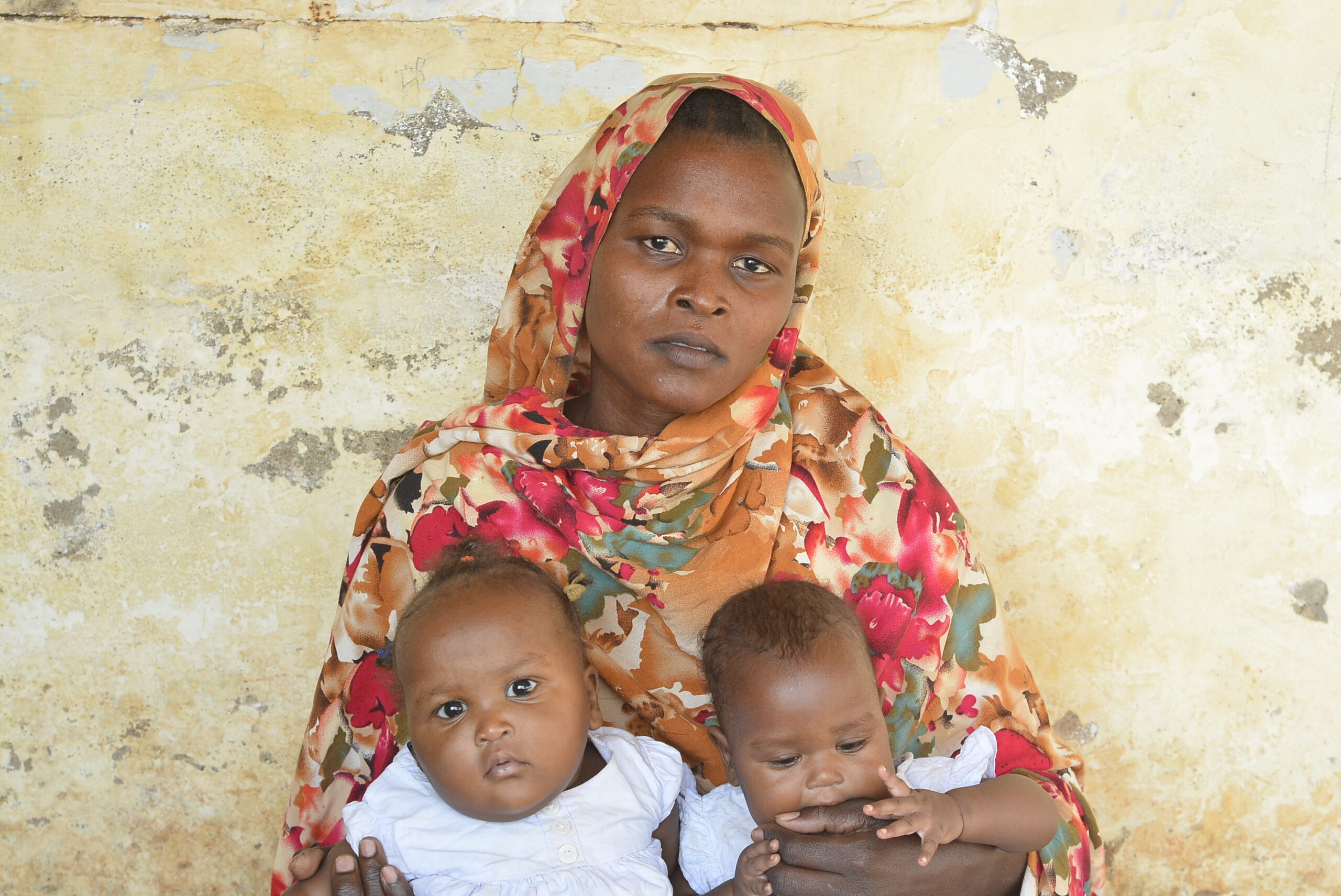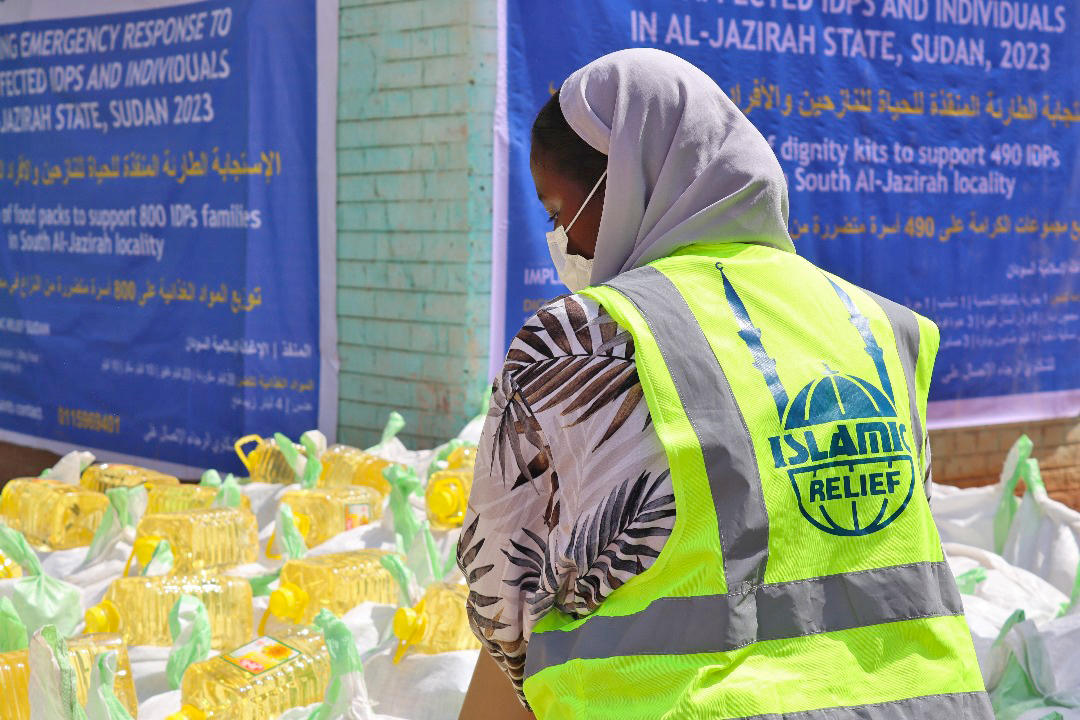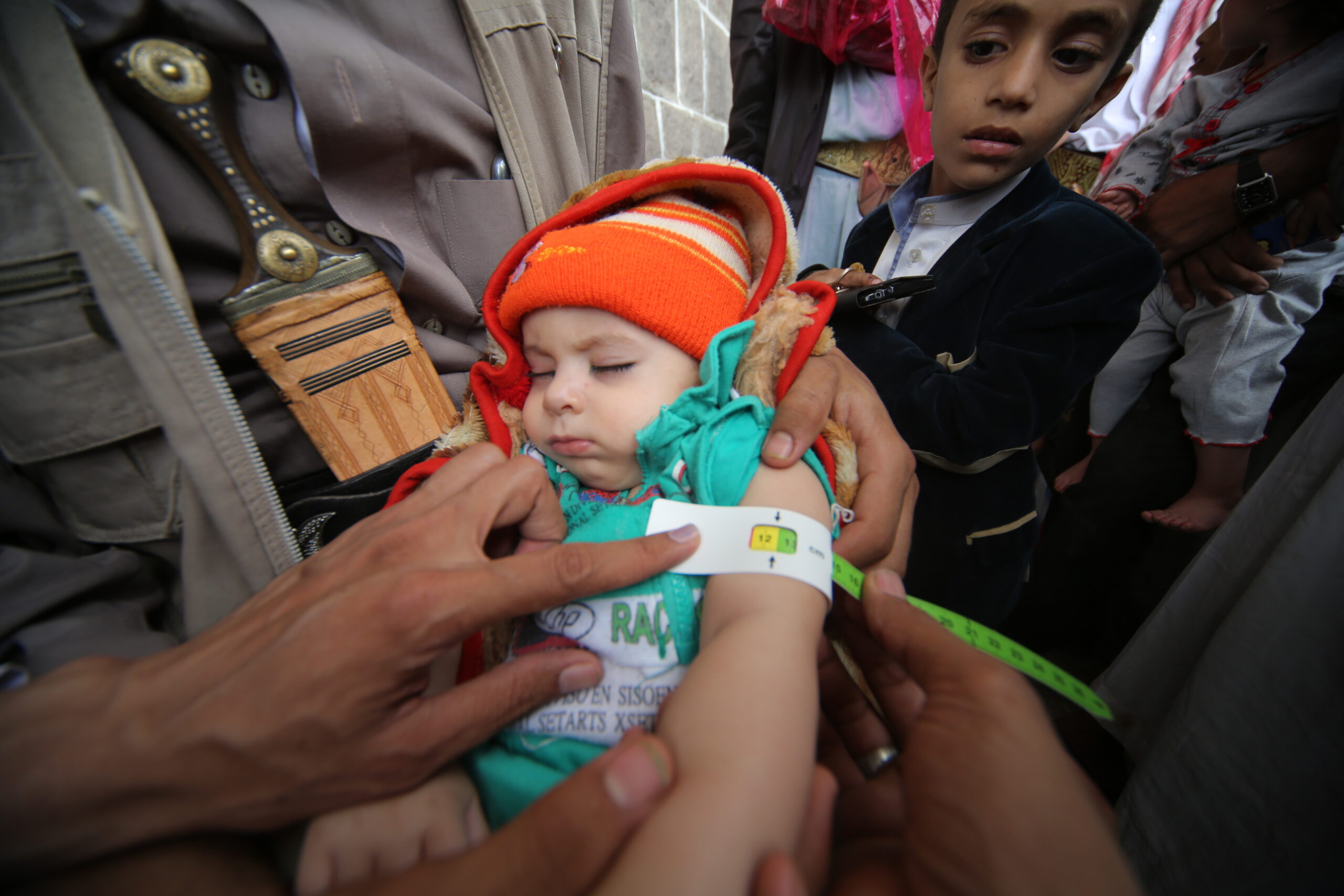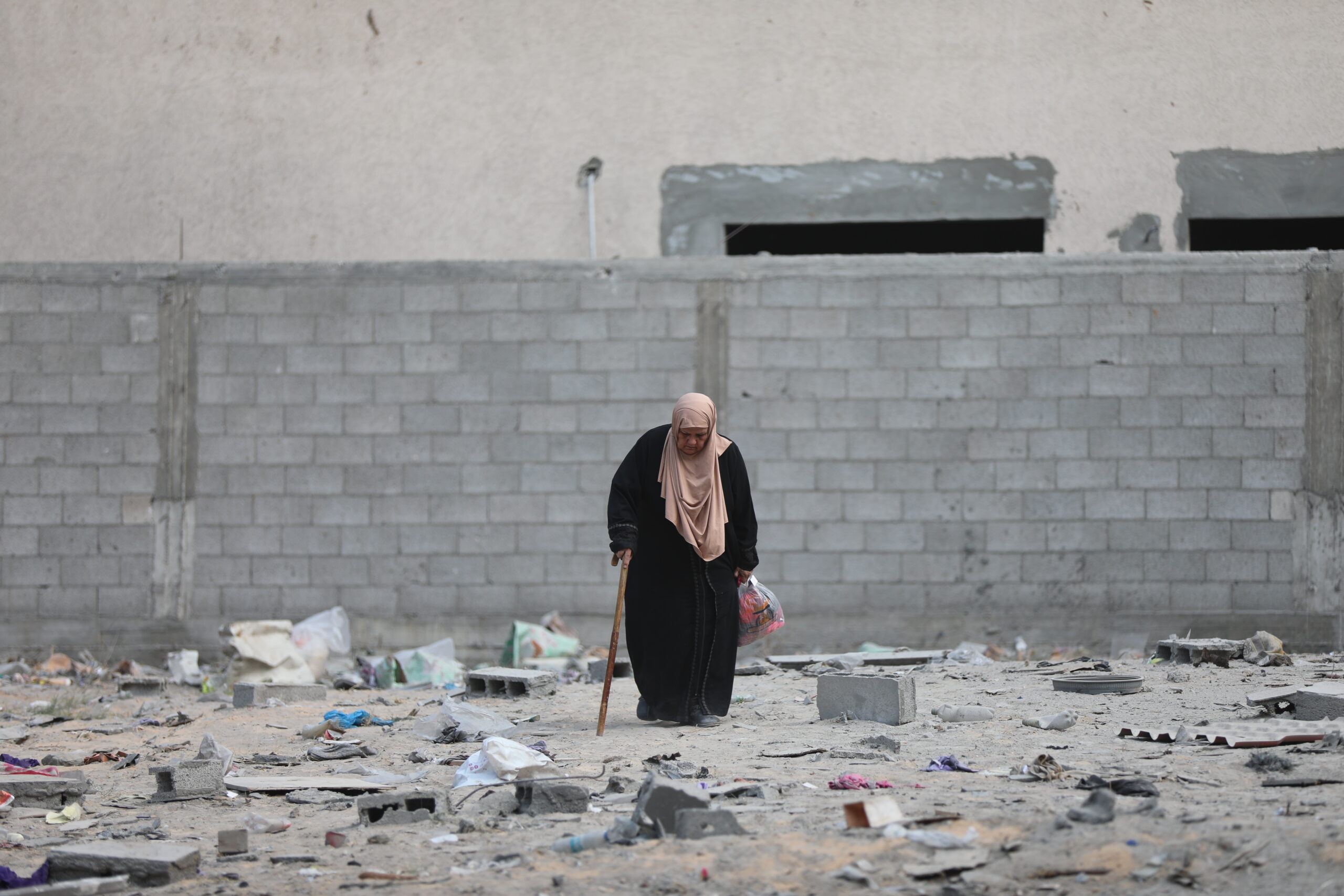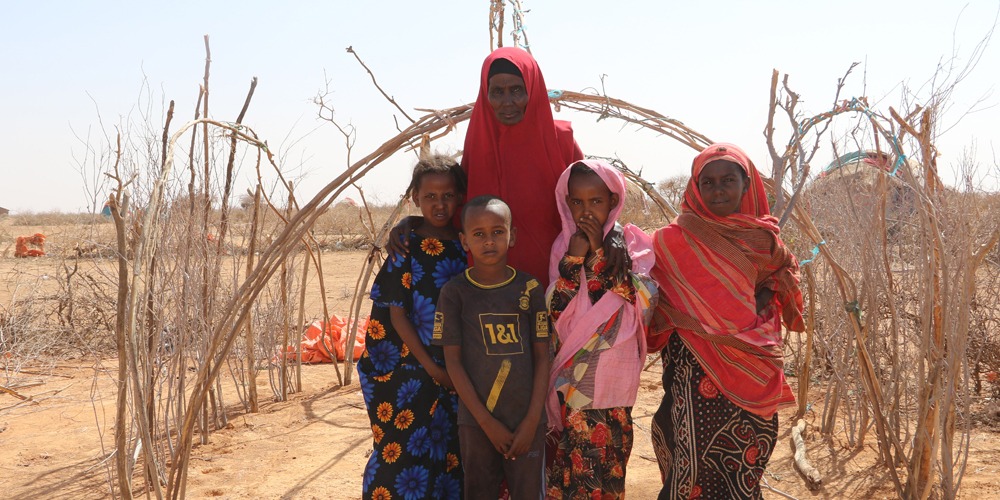
10.07.22
Horn of Africa Drought Leaves Millions of Lives Hanging in the Balance
The Horn of Africa is suffering from the worst drought in decades. An unprecedented four successive failed rainy seasons have wiped out people’s crops and livestock, with the most recent rainy season being the region’s driest in 70 years. On top of the drought, Russia’s war on Ukraine has impacted wheat and fertilizer supplies to the Horn of Africa, tripling prices in markets.
The years of failed harvests, perished livestock, water shortages and rising food prices have devastated livelihoods, as almost 20 million people in parts of Ethiopia, Kenya, and Somalia are malnourished, dying from hunger and threatened with famine.
We are witnessing the devastating impact of climate change in real time.
The Horn of Africa has barely seen a drop of rain since 2020. As droughts have now become more frequent and intense, families in these regions are fleeing, risking their lives by trekking in scorching summer heat to reach camps where they can get essential aid. Young children, elderly and vulnerable people arrive in camps on the verge of death, with many more dying from hunger and thirst on the journey there.
Yusuf Roble, Islamic Relief’s Head of Region for East Africa, says: “People here are extremely resilient and can find ways to cope with the most incredible hardships. One or two poor rains makes life very difficult but people find ways to recover. But four failed rains is virtually unprecedented in our lifetimes. Their crops and livestock have died and there is no respite from the drought and no chance to recover. People here are at the forefront of suffering from the devastating impact of climate change.”
Somalia alone saw more than 1 million people flee their homes this year.
In the worst-affected parts of Somalia, almost 4,000 people are now being uprooted every single day in desperate search of food and water. Among these devastating numbers, 66% of those fleeing this year have been young children. But many of these young children often die before reaching the camps, which are rapidly growing overcrowded.
Aliow Mohamed, Islamic Relief’s Country Director in Somalia, who recently visited camps in Baidoa, southern Somalia, says: “What we see here is beyond our imagination, it’s a situation of nightmares. We see children dying in front of us from hunger and illness, and others surviving on just a handful of tiny wild fruits which have barely any nutritional value. We meet grieving parents who have lost their children on the way, and women who have given birth without any healthcare or clean water.
“Hundreds more people are arriving here every day. Many of them haven’t eaten at all for several days and are on the verge of death when they arrive. When they do get here, the situation inside the camps is horrendous – there’s very little food, drinking water or latrines, and diseases spread very fast. Children are dying from acute diarrhoea or getting skin diseases like scabies because of the lack of clean water. People urgently need more aid.”
Urgent action is needed from the international community.
Islamic Relief Australia is on the ground in Somalia and in other drought-affected parts of the Horn of Africa providing lifesaving food, water and healthcare. So far Islamic Relief has helped more than 167,000 people in the region but is struggling to raise enough funds to scale up the response further as the crisis has received little attention.
Currently, the Horn of Africa region is dangerously underfunded, as worst-hit countries like Ethiopia, Kenya and Somalia have only received a fraction of the aid and support they need. But it is through local, national and international humanitarian organisations reaching their vulnerable communities that these populations have the power to get back on their feet and rebuild their livelihoods.
Help us save lives by providing aid to those most in need in the Horn of Africa
Islamic Relief is calling on our international community to help provide an immediate increase in humanitarian aid to save lives now. Together, we must help the vulnerable communities in the Horn of Africa cope with the long-term effects of the drought and strengthen their resilience in the face of climate change.

